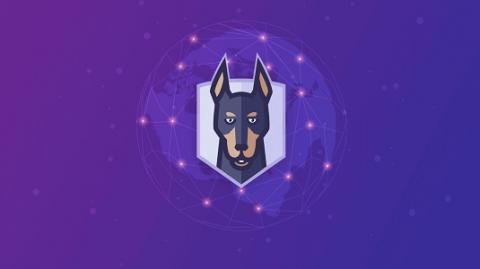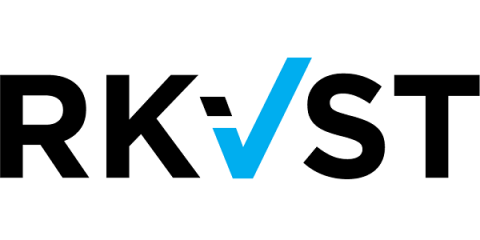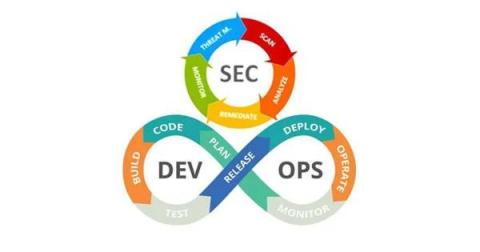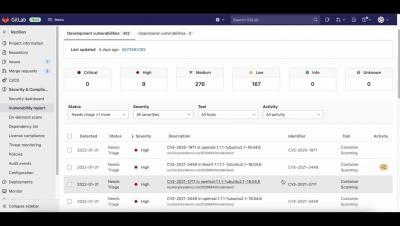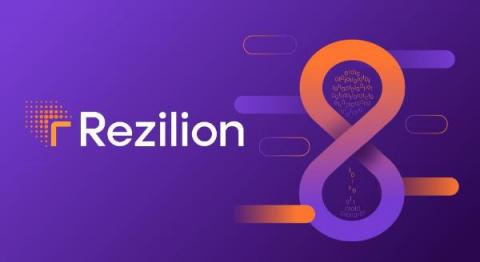Data Flow Mapping: Why It Matters and How to Do It
Working with data is something that requires a lot of care and precision, yet it often remains an under-scrutinized aspect of DevSecOps. This is because it requires focusing on many moving parts. You need to know exactly when data events occur, what parties are involved, and how they send and store data. In any process with more than minimal complexity, this is a huge web of events. Data flow mapping is the key to detangling that web.



